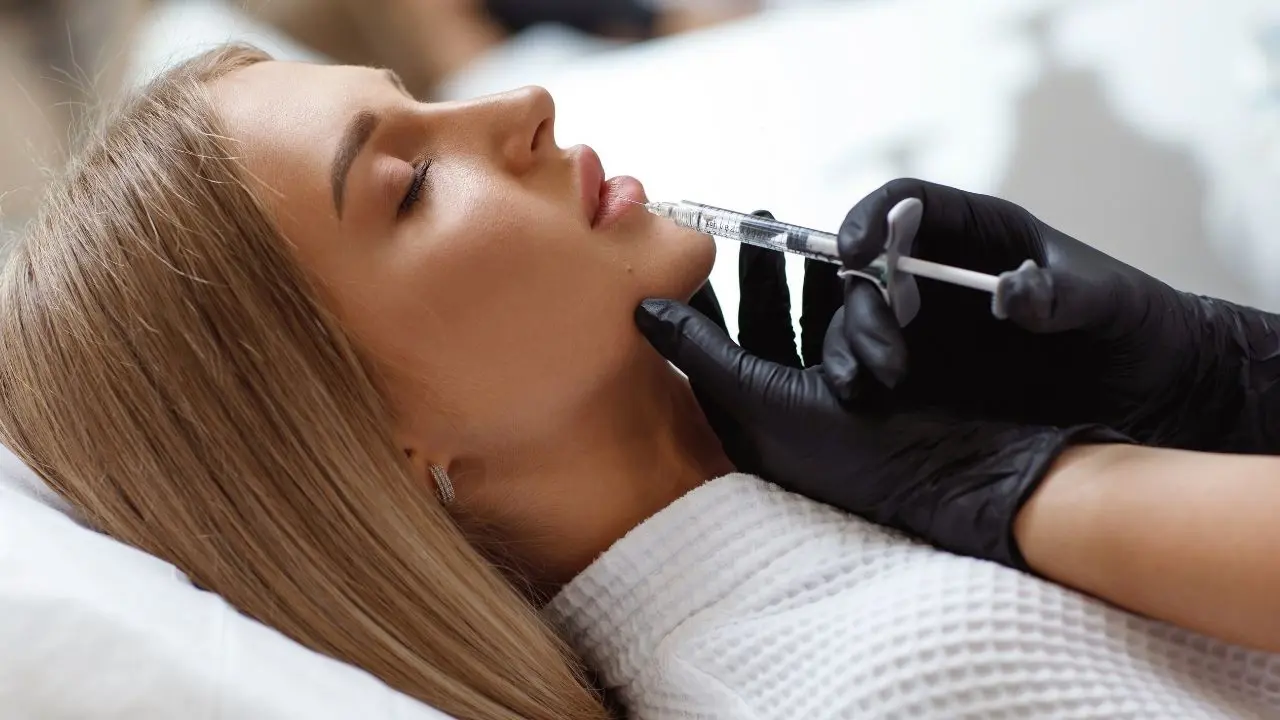
Filling typically refers to a cosmetic procedure known as dermal filler injections. Dermal fillers are substances injected into the skin to add volume, fill in wrinkles and lines, and restore a more youthful appearance. They are commonly used in areas such as the face, lips, and hands to enhance facial contours, smooth out wrinkles, and improve skin texture.
Here are some key points about dermal fillers
Types of Fillers
- Hyaluronic Acid (HA) Fillers: The most common type of dermal fillers, composed of hyaluronic acid, a naturally occurring substance in the body that helps retain moisture and volume in the skin. HA fillers are versatile and can be used to add volume, fill in wrinkles, and enhance facial features.
- Calcium Hydroxylapatite (CaHA) Fillers: Another type of filler made of calcium hydroxylapatite microspheres suspended in a gel. CaHA fillers provide immediate volume and stimulate collagen production over time, offering long-lasting results.
- Poly-L-Lactic Acid (PLLA) Fillers: A synthetic biodegradable filler that stimulates collagen production and helps restore volume and firmness to the skin gradually. PLLA fillers are often used for deeper wrinkles and volume loss in the cheeks.
- Polymethyl Methacrylate (PMMA) Fillers: A semi-permanent filler composed of tiny spheres suspended in a collagen gel. PMMA fillers provide long-lasting results but require careful injection technique and are not suitable for all areas of the face.
Common Treatment Areas
- Nasolabial Folds: Lines that extend from the sides of the nose to the corners of the mouth.
- Marionette Lines: Lines that run from the corners of the mouth downward to the chin.
- Cheeks: Dermal fillers can add volume to the cheeks, restoring lost volume and enhancing facial contours.
- Lips: Fillers can be used to augment and enhance lip volume, definition, and shape.
- Tear Troughs: The area under the eyes where dark circles and hollows may appear.
- Hands: Fillers can improve volume loss and reduce the appearance of veins and tendons on the back of the hands.
Procedure and Duration
- Administration: Dermal filler injections are administered by a qualified healthcare professional, typically a dermatologist or plastic surgeon, using a fine needle or cannula. The procedure is relatively quick and may require local anesthesia or numbing cream for comfort.
- Duration: The duration of filler results varies depending on the type of filler used, the injection site, individual metabolism, and other factors. Generally, HA fillers last six to 18 months, while other fillers may provide longer-lasting results.
Safety Considerations
- Side Effects: Common side effects of dermal filler injections include temporary redness, swelling, bruising, and tenderness at the injection site. In rare cases, more serious side effects such as infection, allergic reactions, or vascular complications may occur.
- Contraindications: Dermal fillers are not suitable for everyone, and certain individuals, such as pregnant or breastfeeding women, individuals with autoimmune disorders, or those allergic to filler ingredients, should avoid treatment.
Dermal fillers offer a non-surgical option for enhancing facial appearance, restoring lost volume, and reducing the signs of aging. It's essential for patients to undergo a thorough consultation with a qualified provider to discuss treatment options, expectations, potential risks, and benefits before proceeding with dermal filler injections.
